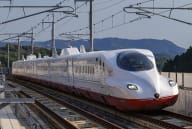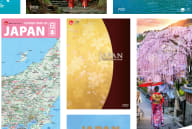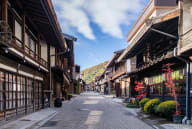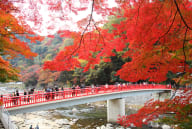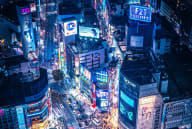Pack your water shoes, sunscreen and bathing suit and let’s go to Japan! Does that sound strange or surprising? Not if you’re headed to Okinawa or, more specifically, the Yaeyama Islands. These are a group of remote islands in southwest Okinawa that are actually closer to Taiwan than the rest of Japan. What’s there to do? Well, let me tell you.
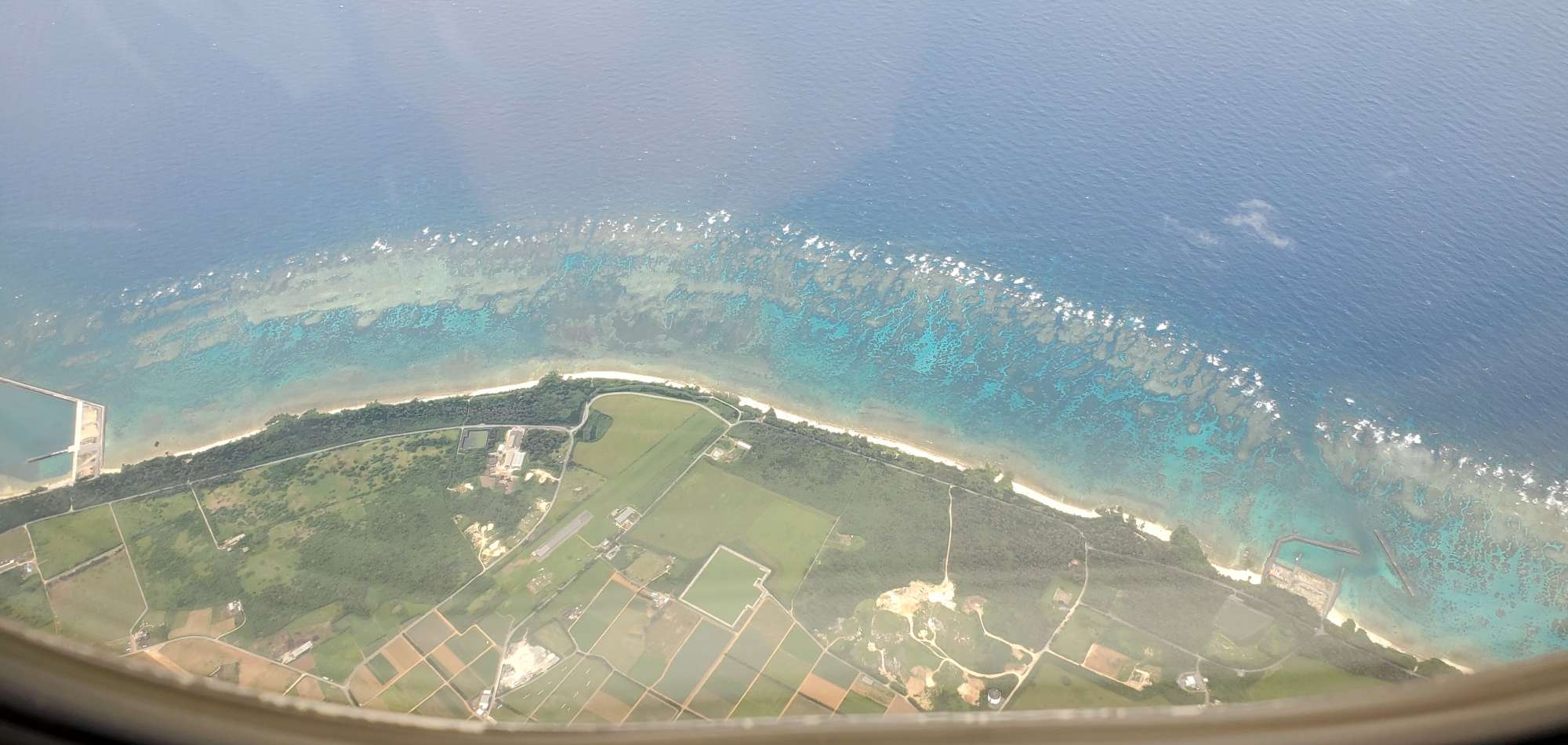
Why Ishigaki?
Ishigaki Island is the main hub of the Yaeyama Islands so you will likely fly there first before going to the other islands. As public transportation is limited, renting a car would be best. Did you know that people drove on the right side of the road in Okinawa for some time? After World War II and during the American occupation of Okinawa until the 70s, cars were driven on the right side. But on July 30, 1978, cars went back to being driven on the left side of the road.
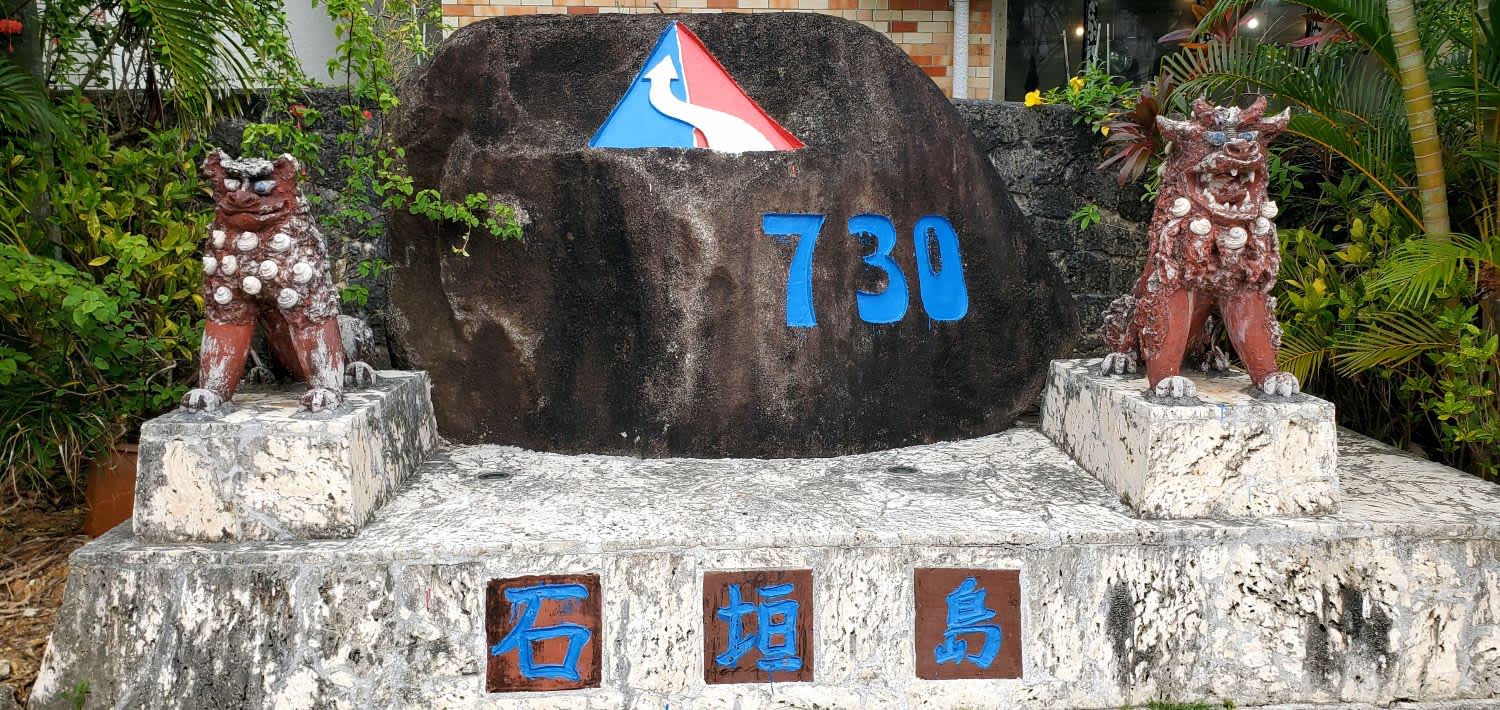
So while my husband has driven a right hand drive car in Japan and elsewhere, I’ve never done so. I’m too worried that instincts would kick in and I’d end up driving down the wrong way especially when making left or right turns. But being a small island, Ishigaki’s roads aren’t that busy. And with most of the island limited to a maximum of 40-50 km/h what could go wrong? It’s too slow to get into a major accident. What’s more, how could I resist driving a cute kei car (light car)? With my international driver’s license issued by CAA, I was ready.
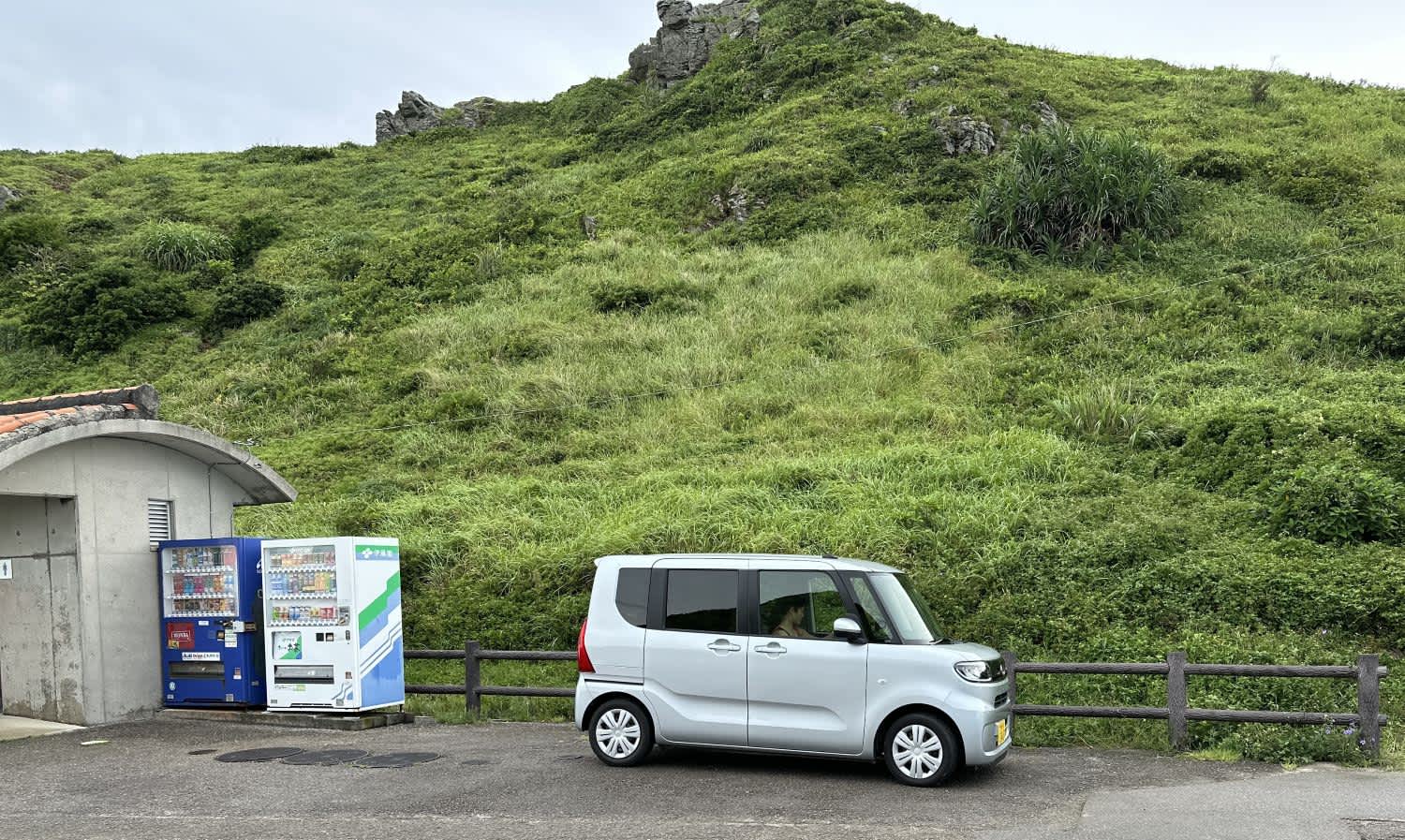
Ishigaki - North
A full day can be made of the northern part of Ishigaki Island. About an hour from Ishigaki City’s downtown you’ll find Hirakubozaki Lighthouse standing guard over the sea. The lighthouse marks the northernmost tip of the island and provides expansive views of the coast.
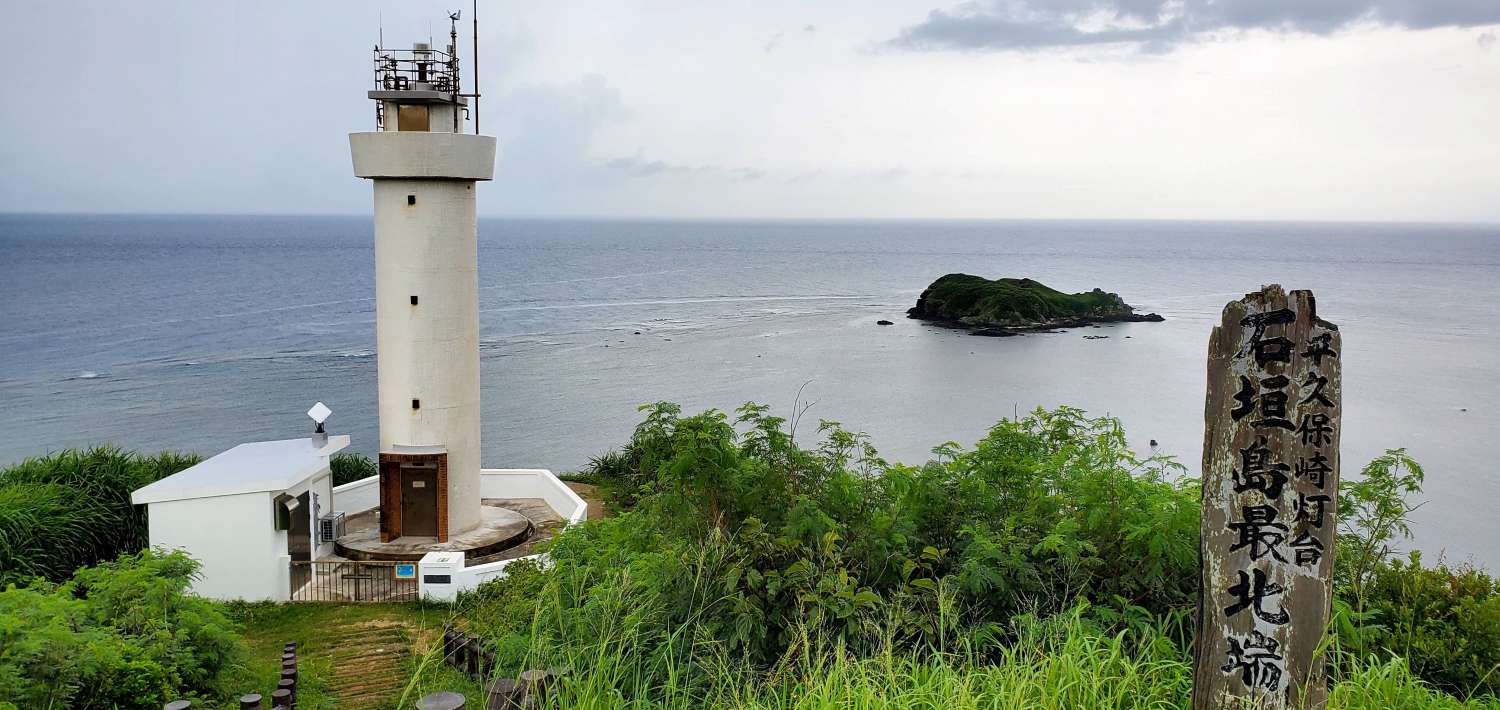
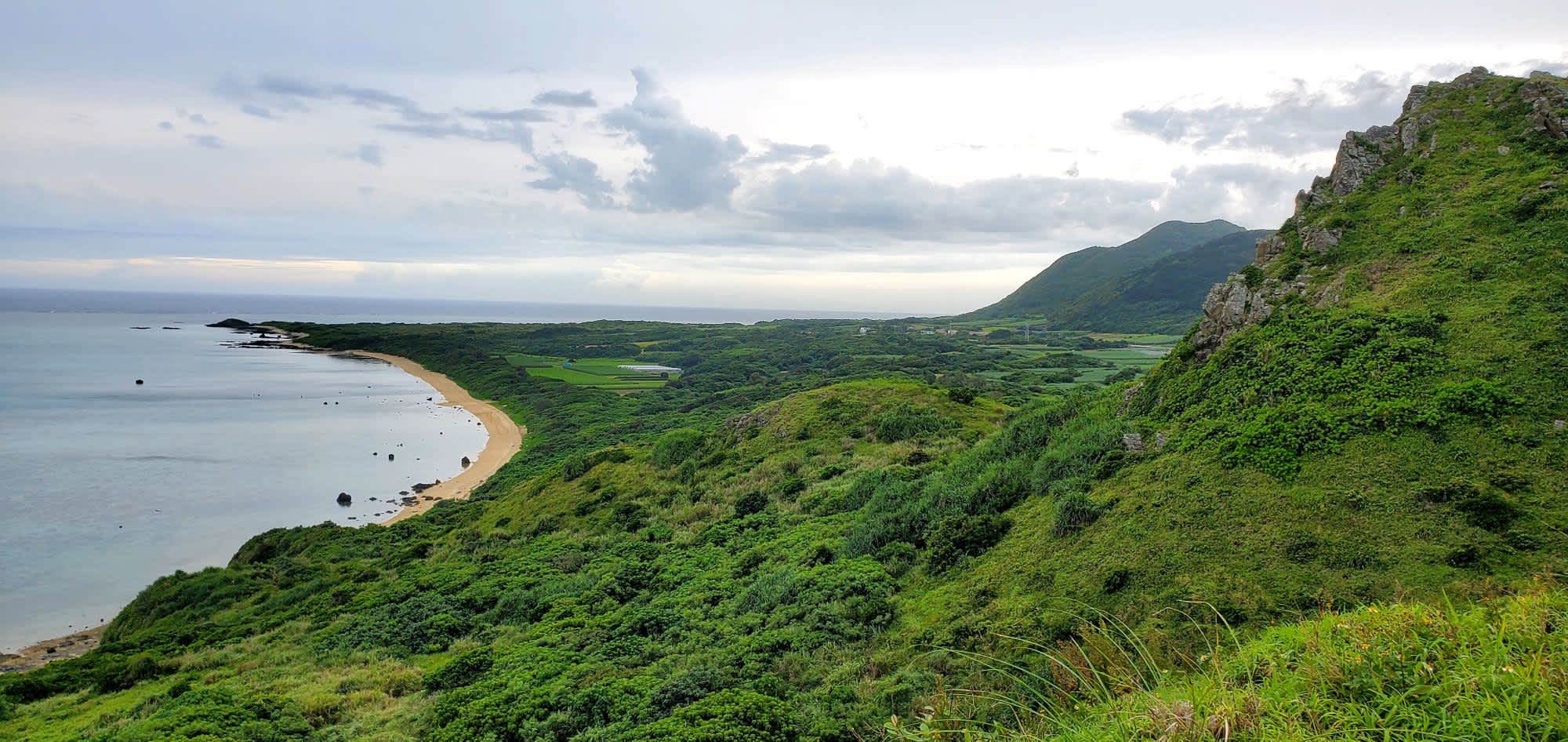
Next, we drove to Ibaruma Sabichi Cave which provided a short, cool break from the humidity. We walked through the cave and emerged onto an oceanside trail. We turned left and it was a short walk to a small, sandy beach. We also turned right and, because the tide was low enough, we walked to a sea stack.

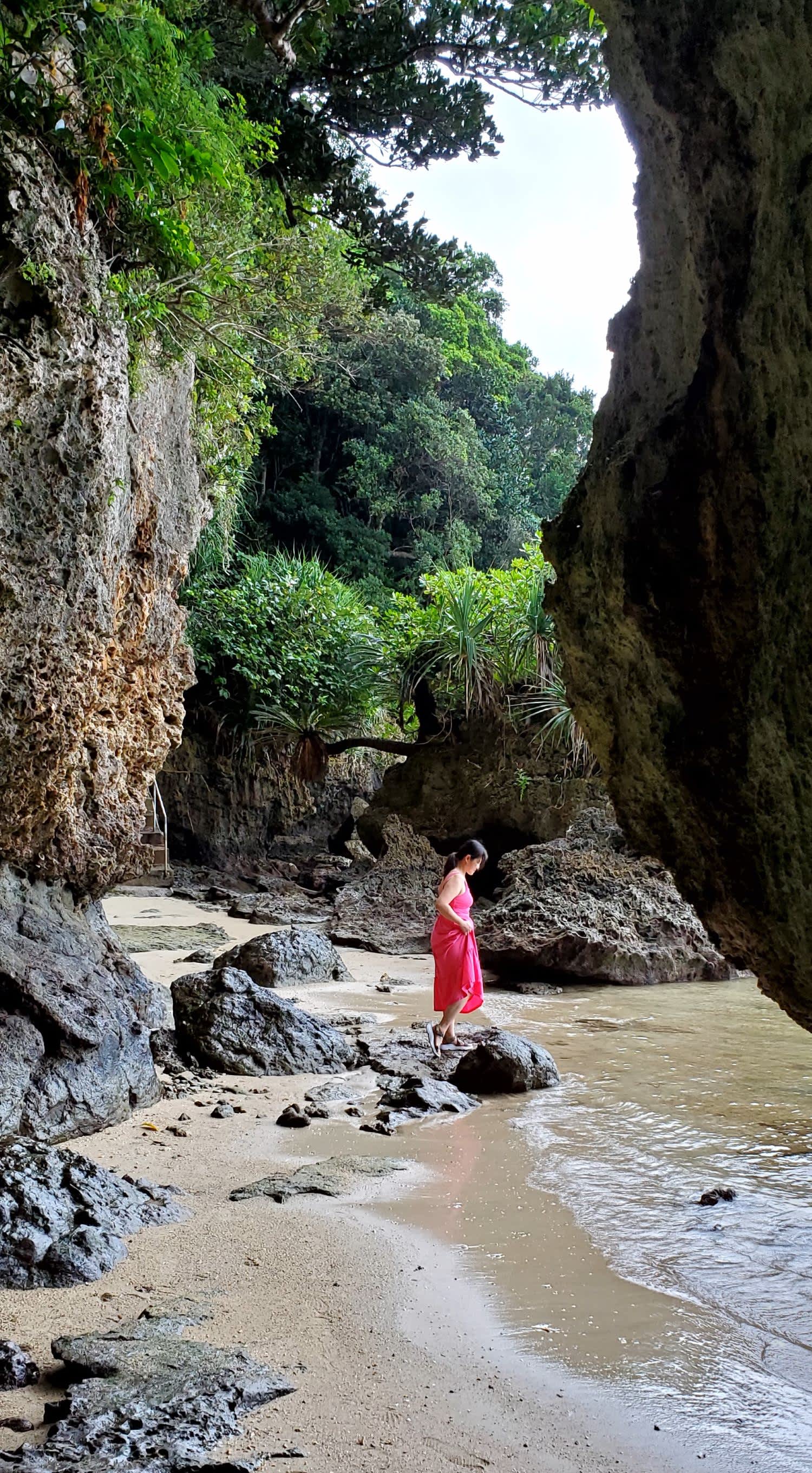
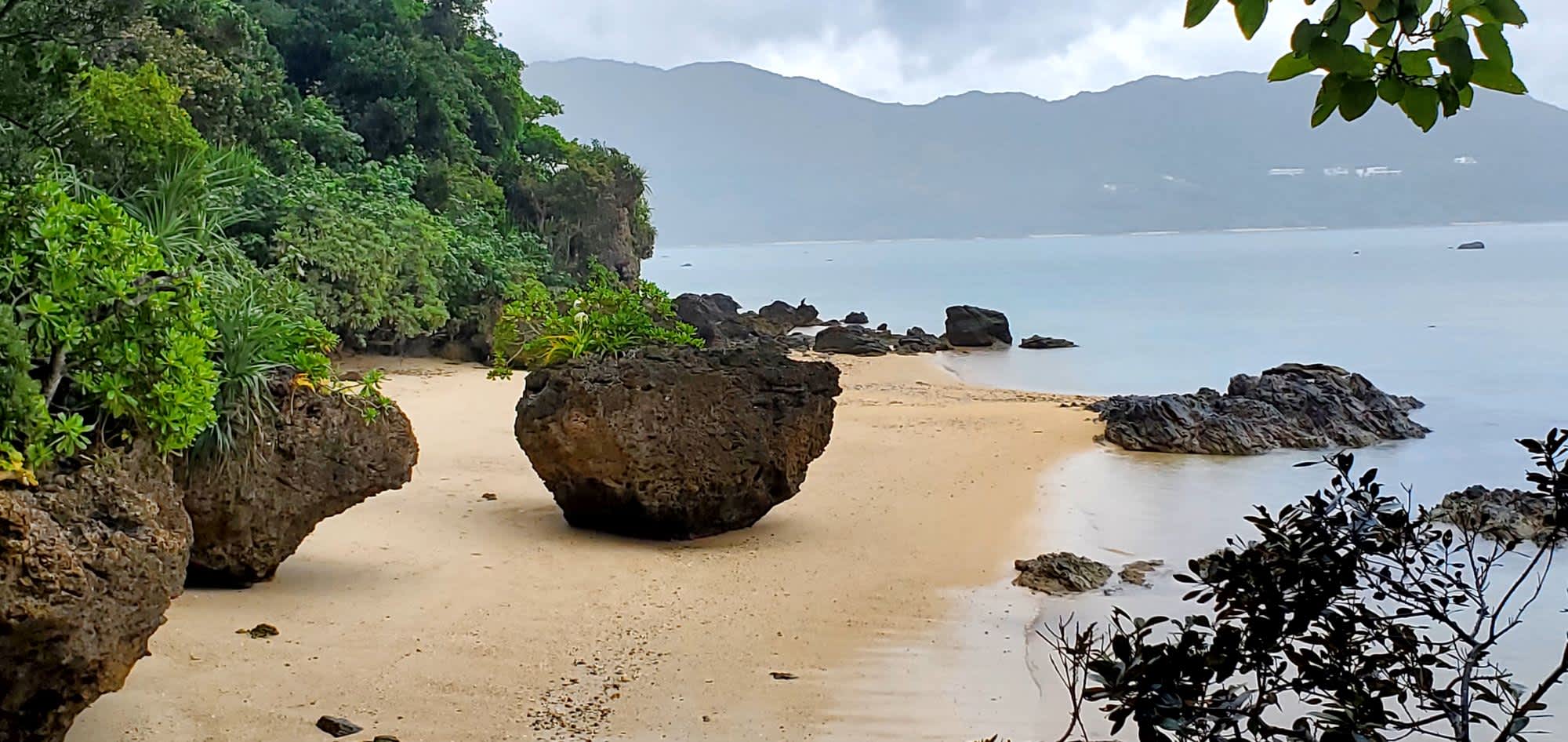
In the afternoon, we were booked for a 2-hour sailing and snorkeling trip on a traditional Okinawan sailboat. Called a sabani, it is an outrigger canoe with a sail that looks like a junk boat’s. Sadly, a thunderstorm canceled that plan. (The Blue Cave is in the ‘middle’ of Ishigaki Island and could be an alternative snorkeling option.) We drove back to the downtown area for lunch and surprisingly, the city was dry and unaffected by the thunderstorm in the north. We took advantage of the eating and shopping options around the Euglena Mall area. Shaved ice with local fruits like pineapple and mango were welcome treats that cooled us down.
Ishigaki - Northwest
If you google Ishigaki Island, the first picture you will most likely see is of Kabira Bay. It has an observation deck from where you can view the bay’s turquoise waters. While swimming is not allowed here, glass-bottom boats are available. But a 5-minute drive away is Sukuji Beach which has calm waters, lots of shade from trees, toilets and showers, and even a swing. All of this we shared with only one other group of girlfriends. There was a designated swim area protected from jellyfish by a net, though we also made sure that we were there when the tide was high enough for us to swim. We also realized that we had to watch out for a different kind of thief: crows that know how to pull a backpack’s zipper to get at the food inside.
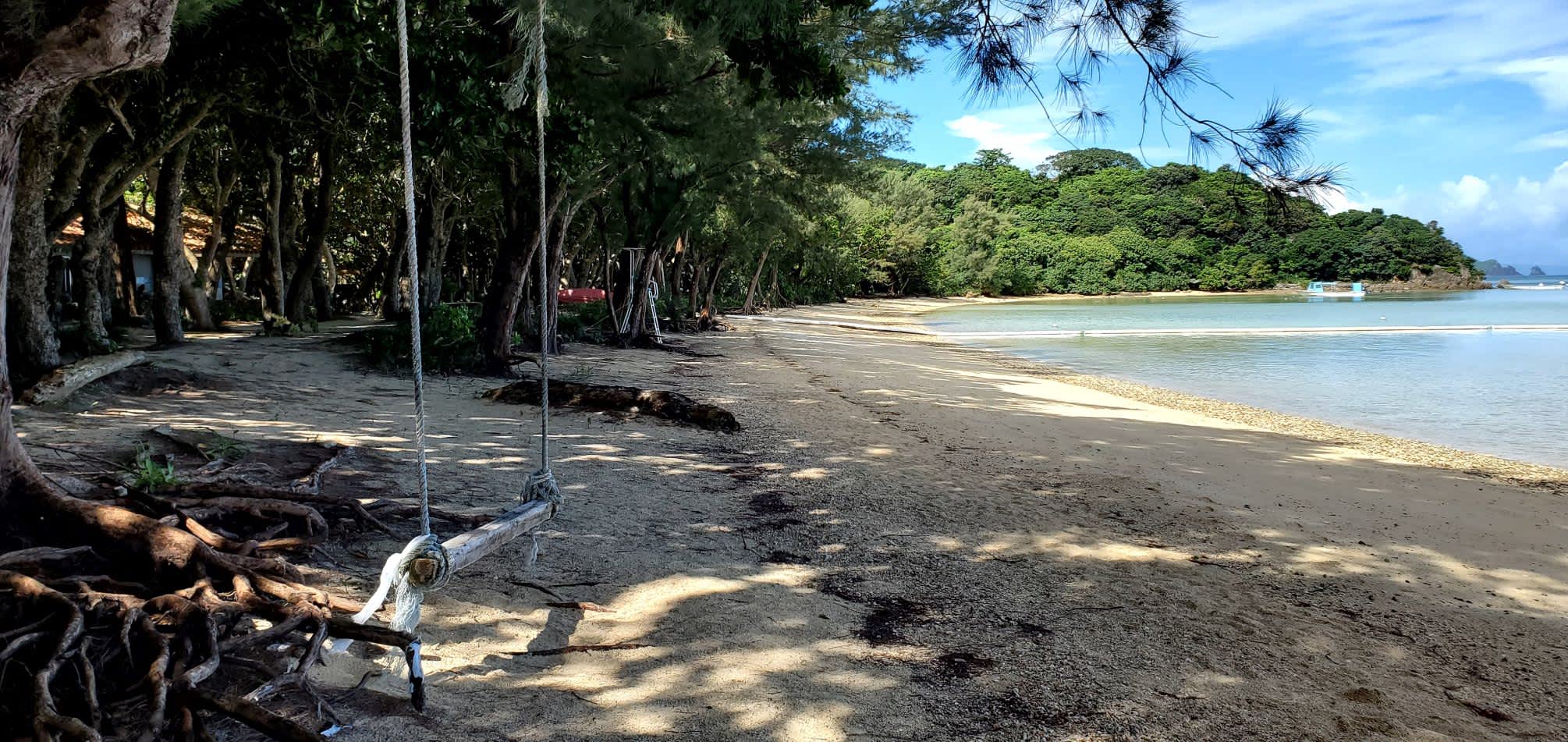

Then we drove to Oganzaki lighthouse which had even better views than the lighthouse in the north. We took more pictures here not just because the sun was out and the sky was blue but also because there was so much more to see: stairs to the base of the lighthouse, a crescent beach in the distance surrounded by a reef, a path leading you further out into the sea.

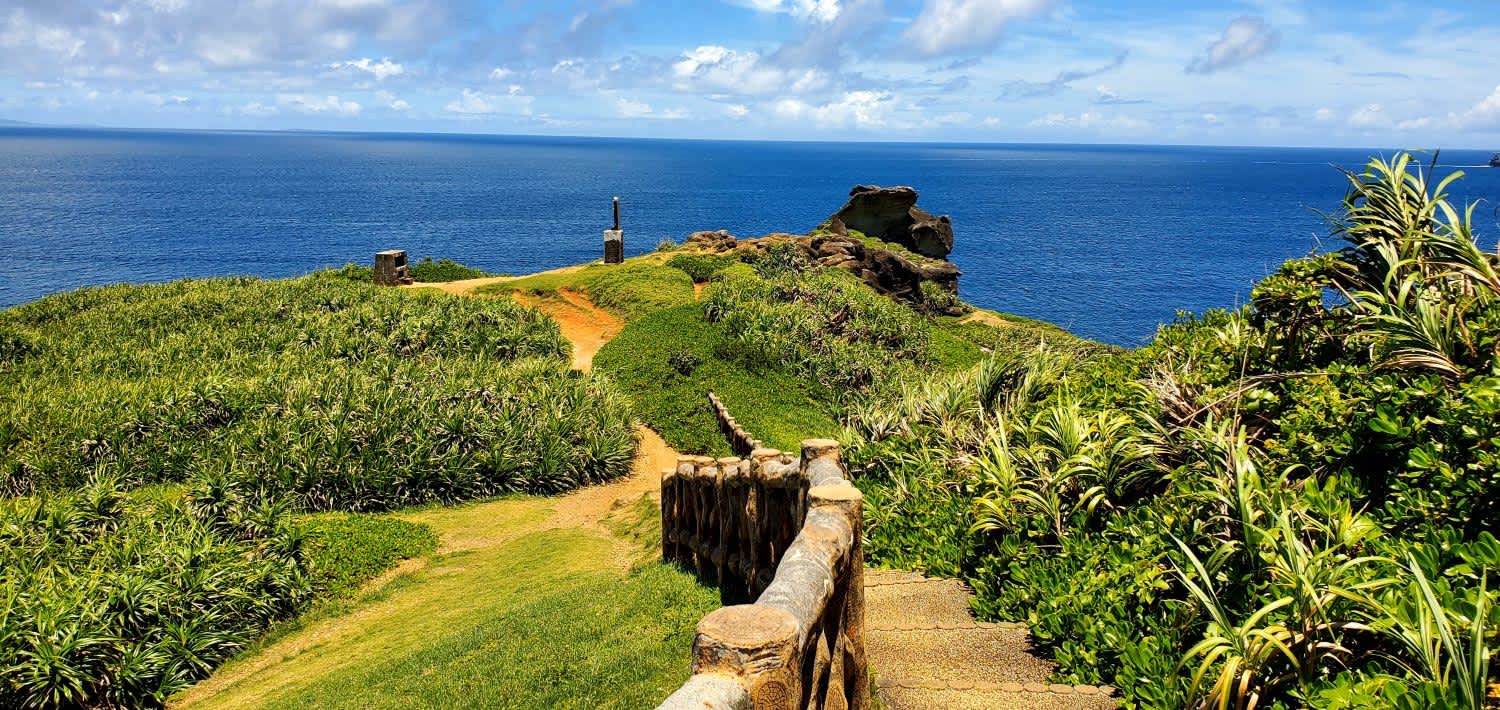
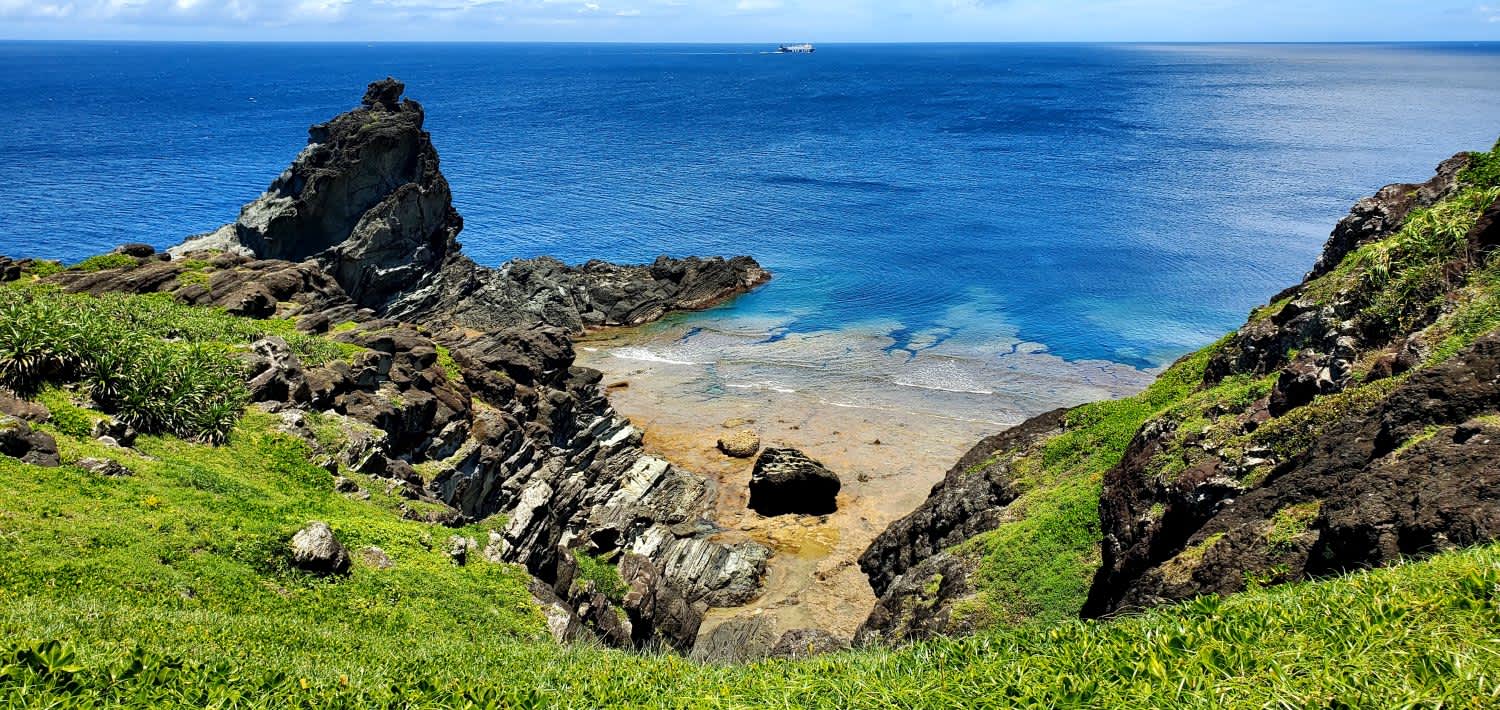
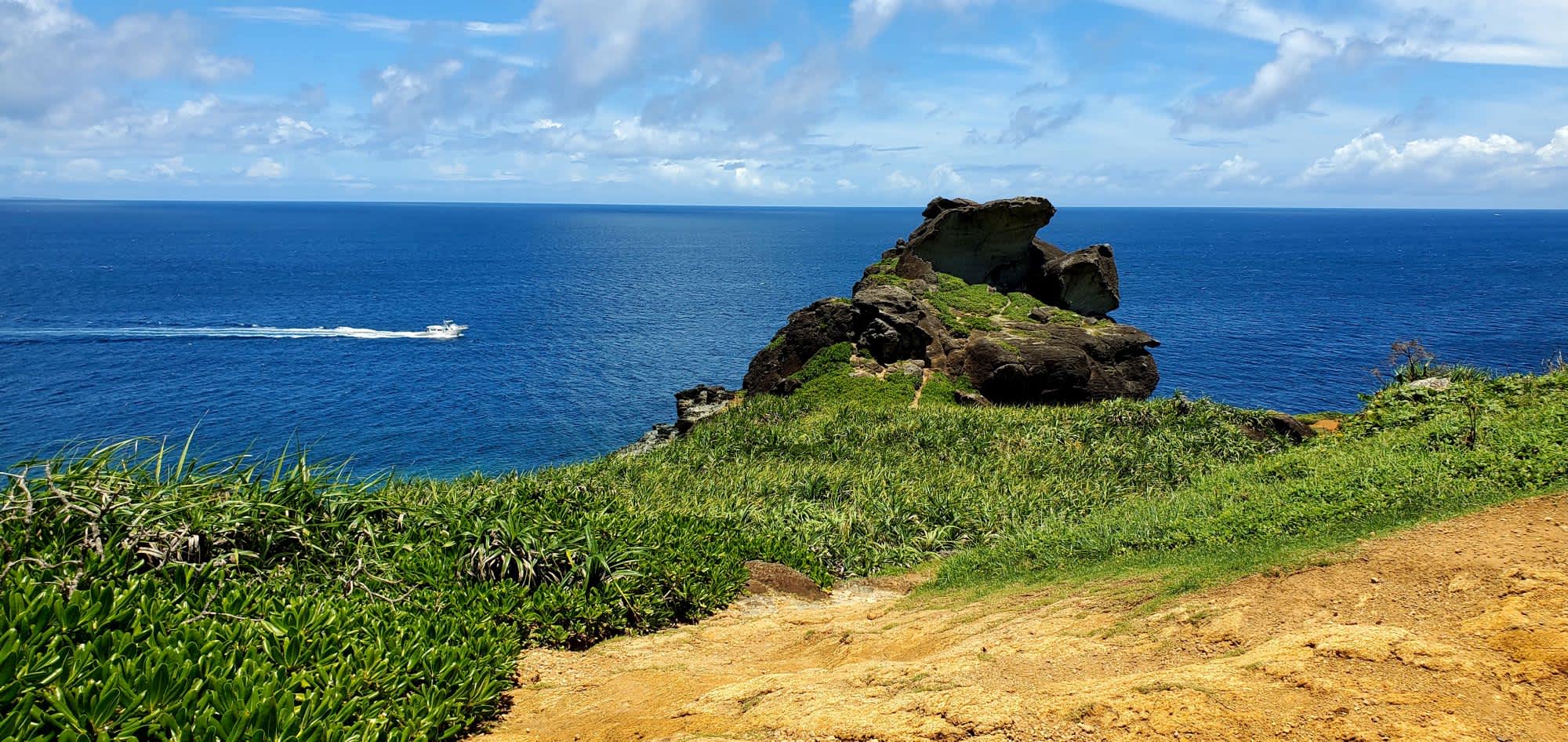
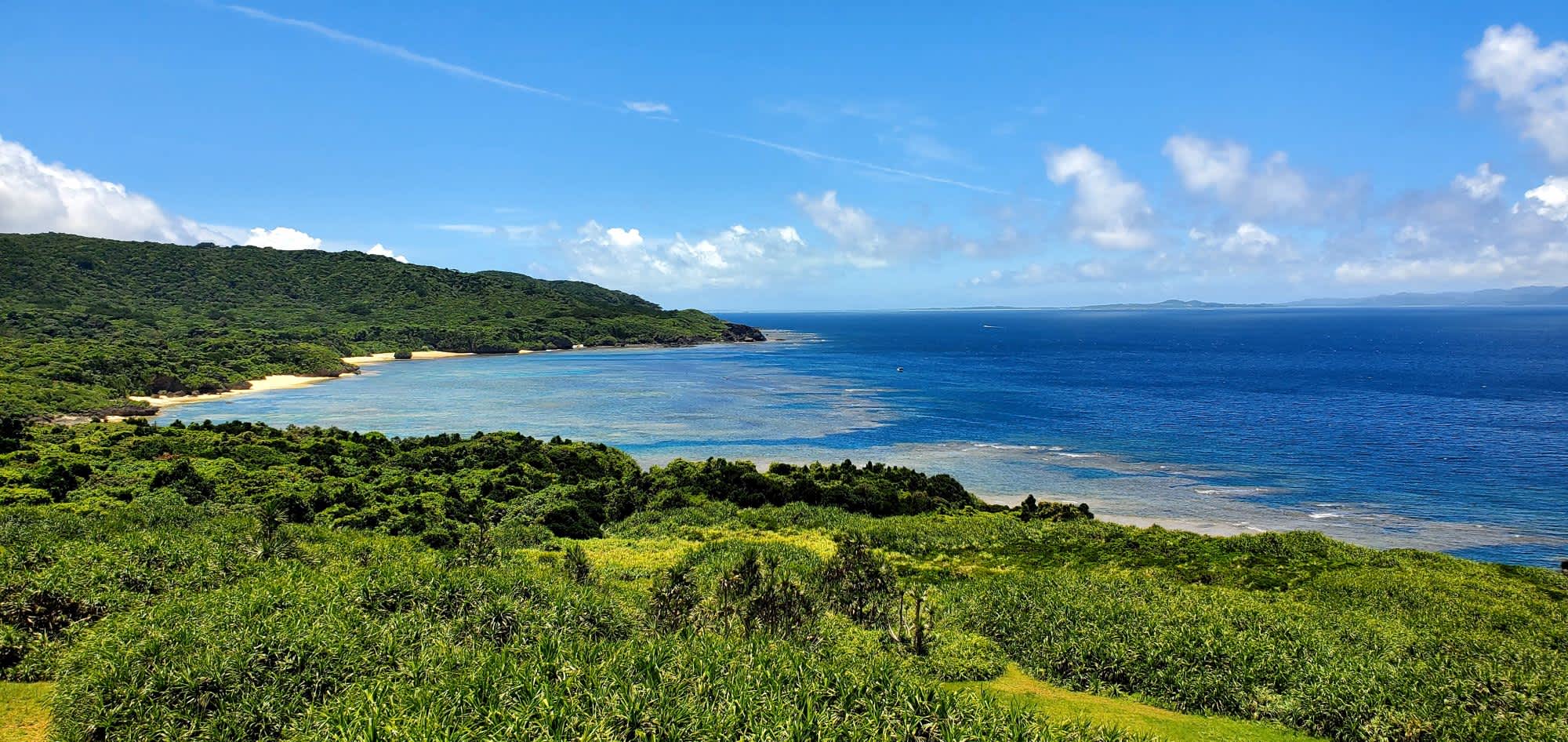
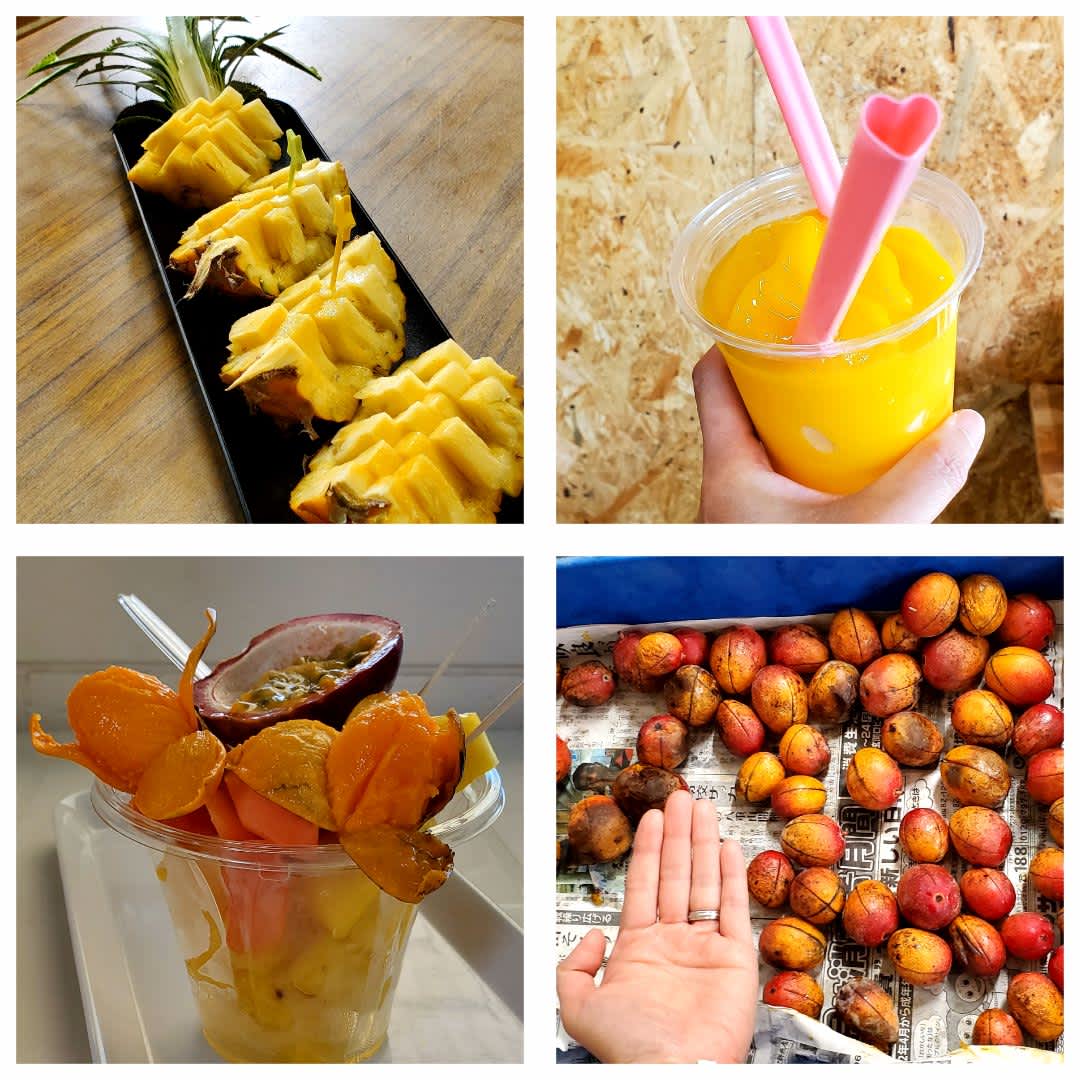
Island hopping
From Ishigaki, we took a 15-minute ferry ride to Taketomi Island. Taketomi is a small island known for its traditional Ryukyu houses which are distinctive because of the guardian lion-dog statues, called shisa, on the red tile roofs and boundary walls made of limestone. Although we could walk from its port to the village and beaches, we rented a bike for 2 hours instead. Minemoto Rental Cycle was a short walk from the port and then it’s a gradual uphill cycle into town but after that everything is flat. An electric bike is not required though available. We followed the recommended route of cycling into the village then made quick stops at Nishi Pier, Kondoi Beach and Hoshizuna (Star Sand) Beach. I liked Hoshizuna the most because there was a constant breeze, there was shade under the trees and they had many swings. But of course, Hoshizuna is known for its star sand and though you can try your luck and find them, you can’t bring them home with you.
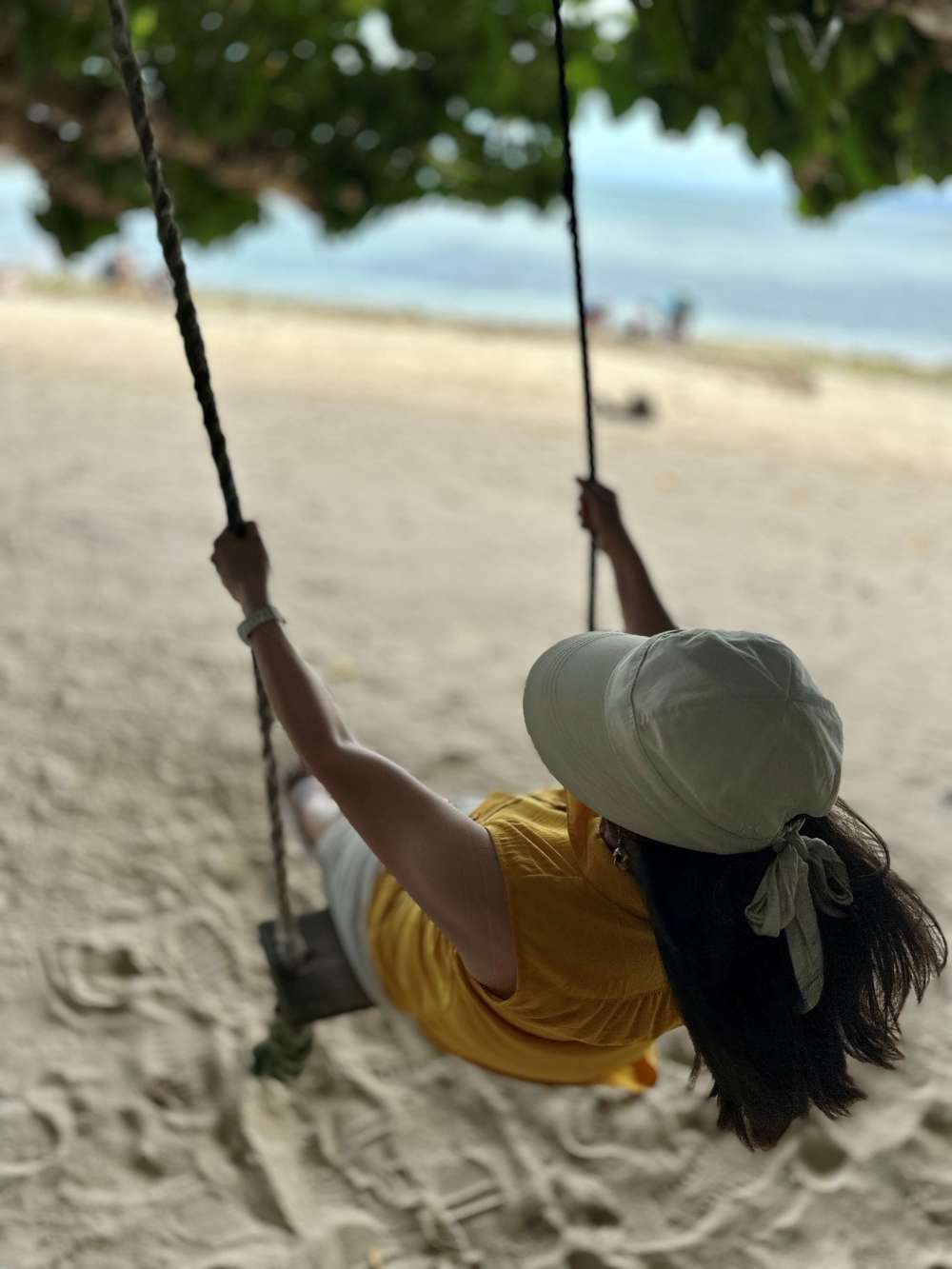
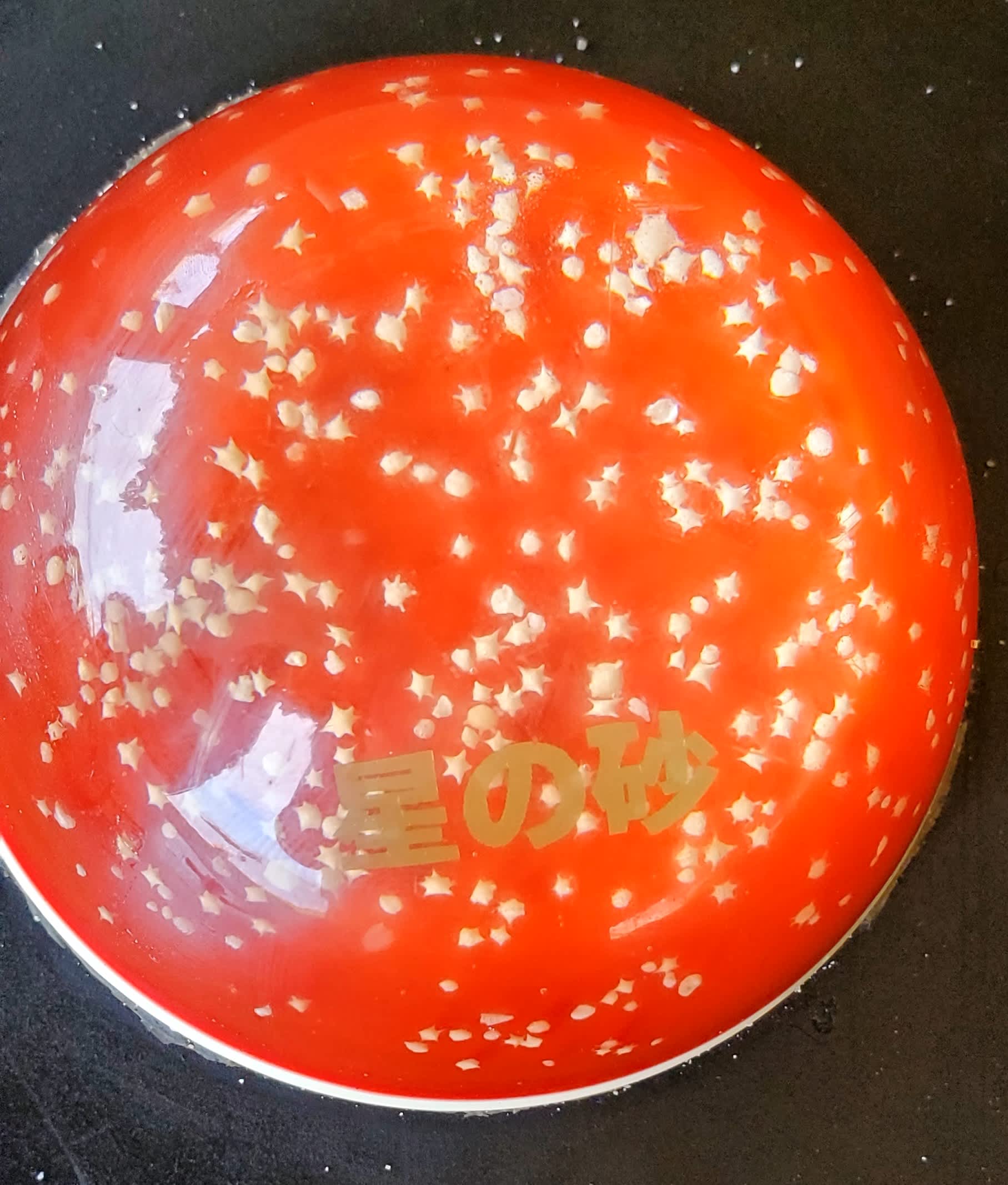
Another popular activity on Taketomi Island is riding the water buffalo-drawn cart. It’s a great way to escape the unrelenting sun - Taketomi’s streets have no shade - as long as you don’t mind going slower than a walk.
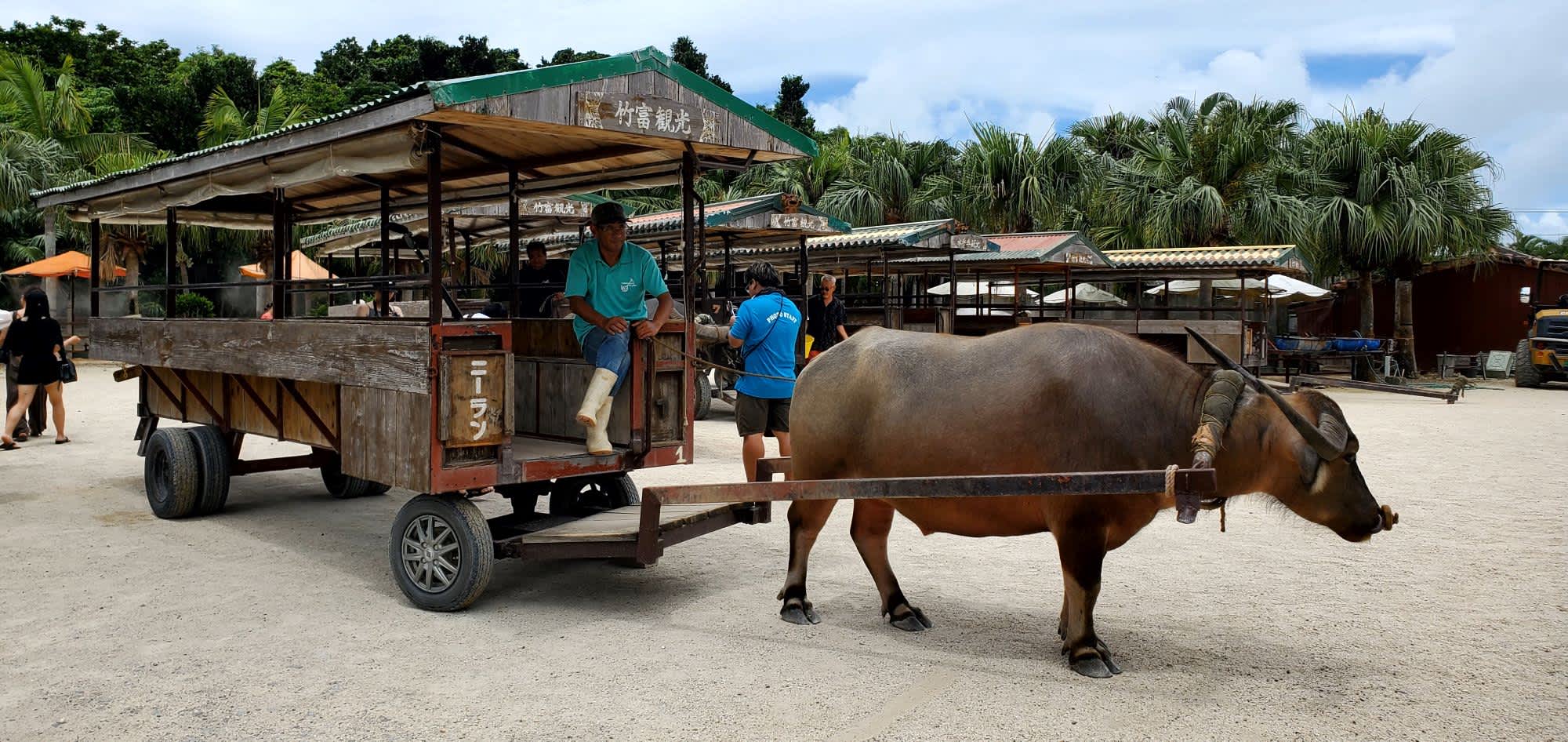
Food
We choose our vacation destinations based on the deliciousness of the food at the destination. So in Ishigaki, we made sure we had our fill of melt-in-your-mouth Ishigaki wagyu beef at a yakiniku restaurant. Throughout our trip, we also had traditional Okinawan dishes such as goya champuru, mozuku seaweed (with vinegar or as tempura), jimami tofu, rafute and purple sweet potato in all its forms. If others have a bucket list, we have a food list and I’m happy to say we’ve ticked all the boxes.
Written by Diana Koa – All photos credit to Diana Koa
*The opinions expressed in the above article do not reflect the views of JNTO. All content and images are property of the writer unless otherwise specified.
If you would like to submit an article to our Travellers' Blog, click here.

















































